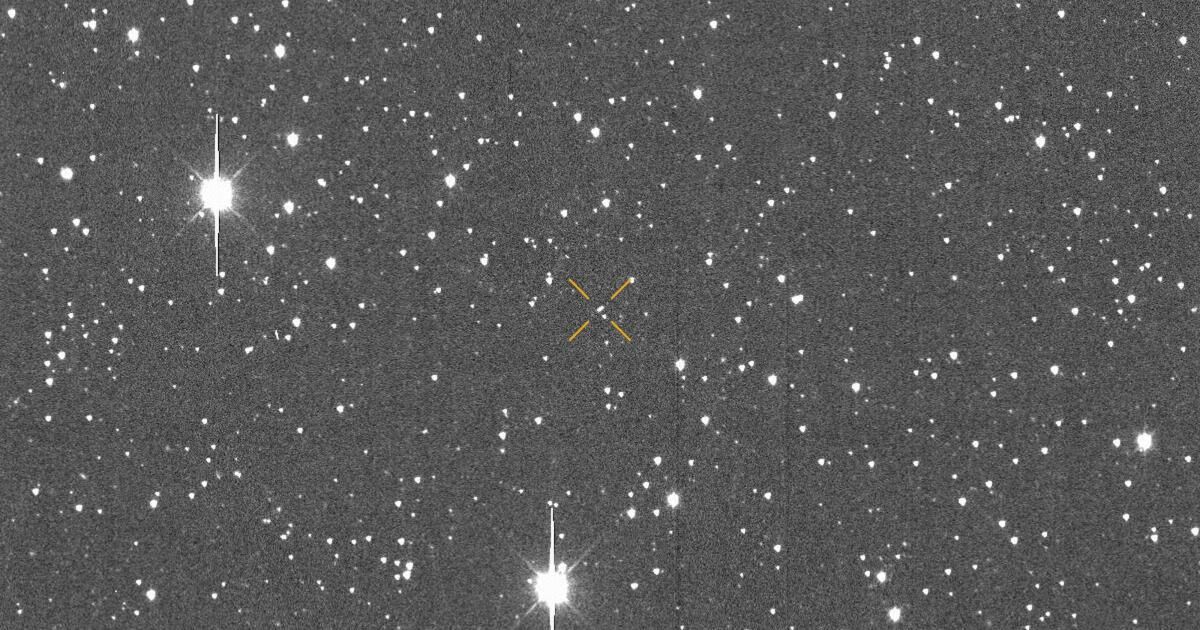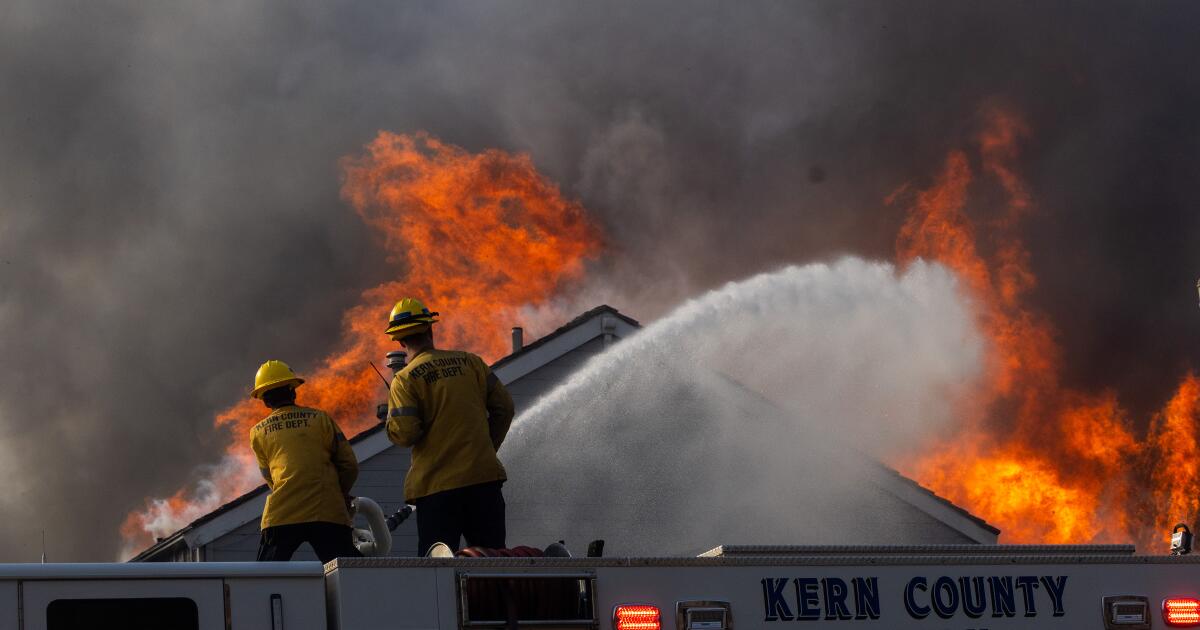The chances of an asteroid, known as 2024 years 4, can hit the land in seven years recently, but experts are not preparing for the worst so far.
At the end of 2024, a telescope financed by NASA in Río Hurtado, Chile, saw for the first time 2024 years 4 and a month later, the scientists concluded that there were more than 1% chance that the asteroid crashed into the Earth in December 2032.
When the scientists first reported their findings in January, they expected the future trajectory of the asteroid and the probability of impact to change as the observation data were collected and analyzed. That is exactly what happened.
On Tuesday, astronomers reported that the probability of 2024 years4 of colliding with the earth increased to approximately 3%, which is unusual for a small asteroid that has only 130 to 300 feet wide. For Wednesday, that impact assessment fell to 1.5%.
“But the probability of impact is still small, so people should not be too worried about that,” said Davide Farnocchia, navigation engineer of the NASA Jet Propulsion Laboratory and the Center for Studies of Neare Objects Studies of the Near Objects of the Land.
Is it normal for impact risk to increase so fast?
Yes, there are scientific reasons why the change in impact probability can suddenly increase. But probability can also suddenly fall.
Initially, it is possible that it has a small probability of impact because “it cannot rule out the possible collision with the earth, [but] At some point the probability will go to zero, ”said Farnocchia.
When an asteroid is identified, scientists cannot identify their exact future location, but can collect data to predict their location within a range. If that range overlaps with the earth, it is when there is a possibility of collision, NASA's space flight reported.
With more observation data, Astronomer's predictions on the asteroid trajectory and future location become more precise.
The current range for the 2024 year 4, based on hundreds of collected observations, is still being evaluated, so the range is large and is currently overlapping with the earth. That is why we are seeing a higher percentage of possible impact.
As astronomers continue to collect data, the range could reduce so much that it no longer overlaps with the earth, and the chances of 2024 years 4 will hit our planet will become zero.
The current 2024 year 4 is almost a straight line of the earth, and astronomers will continue to collect observation data until it is out of sight. They have until the beginning of April to track the possible collision course of the asteroid and the future location.
You can follow Astronomers' published findings on the Sentry website.
Where could the asteroid hit?
In the improbable case that the asteroid trajectory connects to the Earth, its impact point would be somewhere along a “risk corridor” that extends through the Eastern Pacific Ocean, northern South America , the Atlantic Ocean, the Arabic Sea and South Asia, according to the International Asteroid Warning Network.
Have we experienced an asteroid event like this before?
Yes, astronomers point to Asteroid 99942 apophis, 1,099 feet wide and first identified in 2004.
According to NASA officials, at the time of its initial sighting, Apophis was one of the most dangerous asteroids in the sky, with the threat of barrel towards the earth in 2029.
During the early evaluations of the impact risk, Apophis reached a rating of Torino Scale 4, which is a scale to classify possible Earth's impact events.
The scale of 0 to 10 varies from non -danger (Torino 0), to normal (Torino 1), even deserving attention by astronomers (Torino scale 2 to 4), threatening (Torino scale 5 to 7) to a certain collision (Torino scale 8 to 10).
By collecting more data and observation evaluation, scientists ruled out the probability of impact for Apophis, for now, with a small possibility of impact on 2068 unlikely declared.
As for 2024 years, it is currently classified as Torino 3.
It is rare for an asteroid to be classified on Torino scale 3, because that categorization only occurs for asteroids that have more than 65 feet with a 1% or more impact probability.
Even if this asteroid hits the earth, could burn in the atmosphere and become a much smaller meteorite before it lands.
Lightly larger asteroids can cross the atmosphere, but they often crash into locations that cause minimal damage or immediate damage, according to the United States geological service. Many meteorites end up in the ocean or in the open areas.












